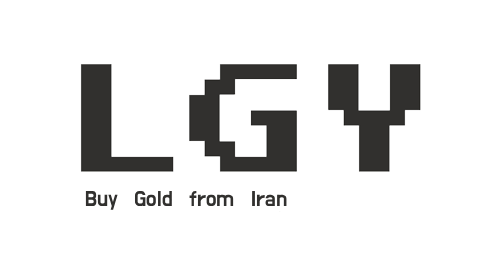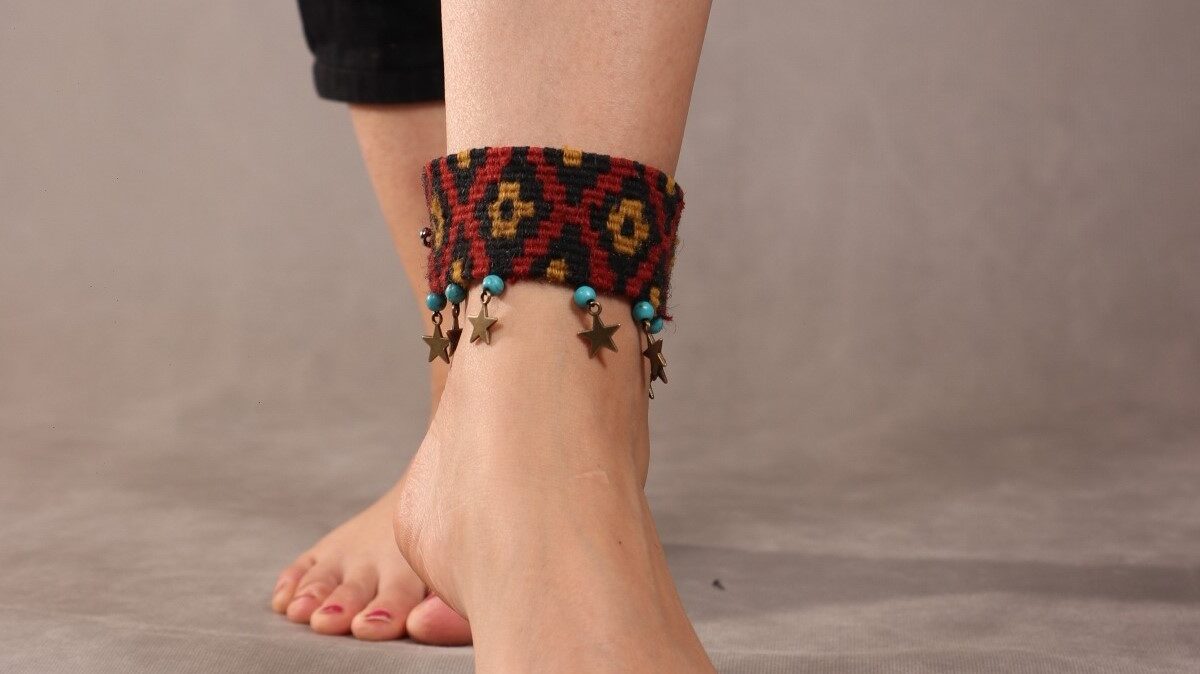
How to Identify Quality Persian Turquoise: A Guide for Buyers

A Guide to Persian Jewelry Terminology
The Role of Persian Carpets in Jewelry Design: How the Intricate Designs of Persian Carpets Inspire Patterns in Jewelry
The Persian carpet is one of the most iconic symbols of Iranian culture, renowned for its intricate designs, rich colors, and meticulous craftsmanship. These carpets, which have been crafted for centuries, reflect not only Persian artistry but also the cultural, spiritual, and natural elements of Iran. Interestingly, the same attention to detail and symbolism found in Persian carpets has also inspired jewelry design throughout Iran’s long history. The geometric patterns, floral motifs, and symbolic elements of Persian carpets are often mirrored in Persian jewelry, creating a unique fusion of two important art forms.
In this post, we will explore how the beautiful designs of Persian carpets have influenced Persian jewelry design, highlighting the common patterns, motifs, and craftsmanship that unite these two distinct yet interconnected forms of artistry.
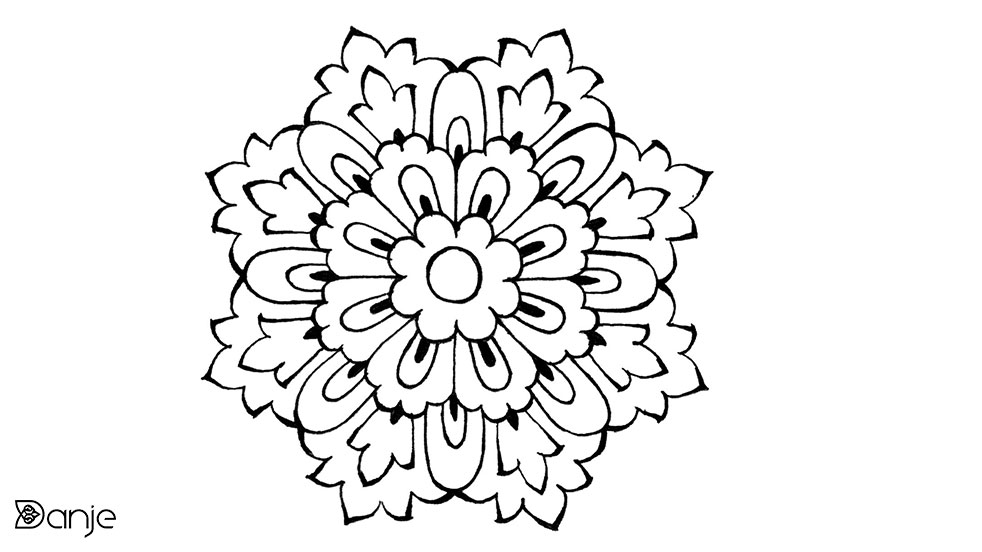
Slim design in jewelry
1. Persian Carpets: A Rich Tradition of Design
Persian carpets, also known as Persian rugs, are famous worldwide for their complex designs, vivid colors, and symbolic motifs. These carpets are handcrafted using traditional techniques that have been passed down through generations, with each region of Iran known for its distinct style and pattern. The patterns of Persian carpets are not just decorative—they often carry deep symbolic meanings, representing nature, spiritual beliefs, and cultural identity.
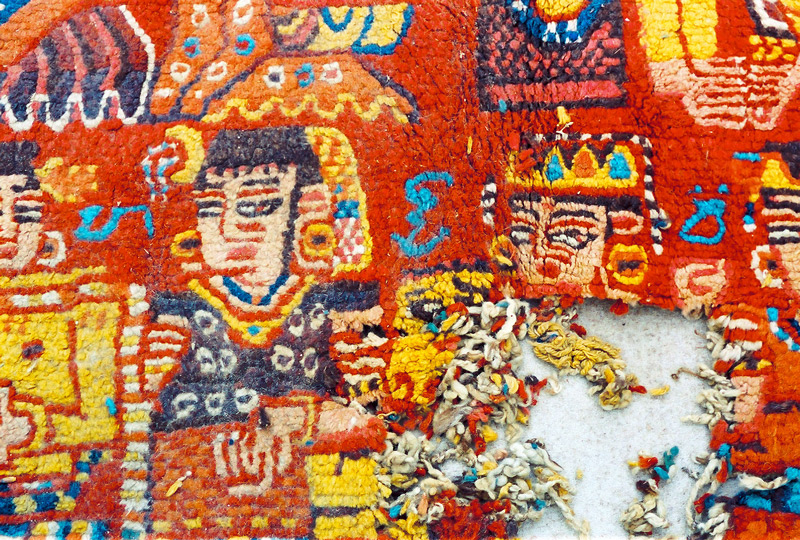
Persian Carpets
Common Motifs in Persian Carpets
- Geometric Patterns: Persian carpets are known for their intricate geometric designs, which include hexagons, diamonds, and medallions. These geometric shapes often symbolize order, balance, and harmony in nature and the universe.
- Floral and Nature-Inspired Motifs: Many Persian carpets feature floral patterns, such as lotus flowers, roses, and vines, which represent beauty, life, and eternity. These natural motifs are inspired by Persian gardens, which are a central theme in Persian art and architecture.
- Symbolism: In addition to geometric and floral designs, Persian carpets often include symbols like the cypress tree (representing eternity) or the peacock (symbolizing immortality and beauty).
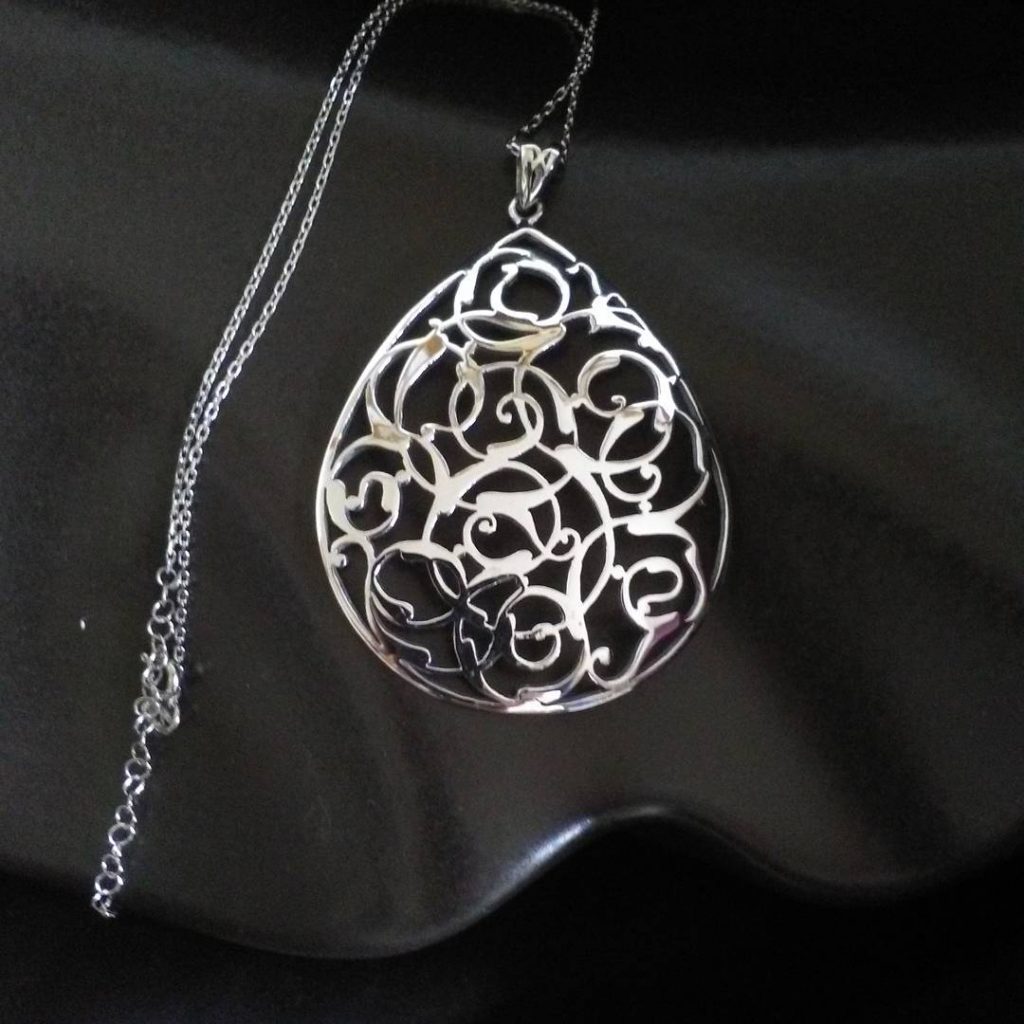
Persian Carpets in Jewelry Design
2. How Persian Carpets Inspire Jewelry Design
The beauty and complexity of Persian carpet patterns have long influenced Persian jewelry design, where artisans translate these intricate motifs into smaller, wearable forms. Just as Persian carpet weavers meticulously craft each knot, Persian jewelers carefully engrave, inlay, and design their pieces to reflect similar geometric precision and symbolic meaning.
Translating Geometric Patterns into Jewelry
Geometric designs, which are a hallmark of Persian carpets, are frequently used in Persian jewelry. Jewelers often take inspiration from the symmetry and balance of these patterns, incorporating them into rings, necklaces, bracelets, and earrings. The repetitive nature of the geometric shapes found in Persian carpets—whether it’s the medallion pattern or the Herati design—lends itself beautifully to jewelry pieces that emphasize order and harmony.
- Medallion Patterns: The central medallion motif commonly found in Persian carpets is often echoed in pendant necklaces and rings, where the design serves as the focal point of the jewelry. The circular or diamond-shaped medallions symbolize unity and balance, making these pieces both aesthetically pleasing and meaningful.
- Herati Design: This classic pattern, featuring diamonds and floral elements, is often used in bracelets and earrings, where the repetitive shapes create a sense of flow and elegance.
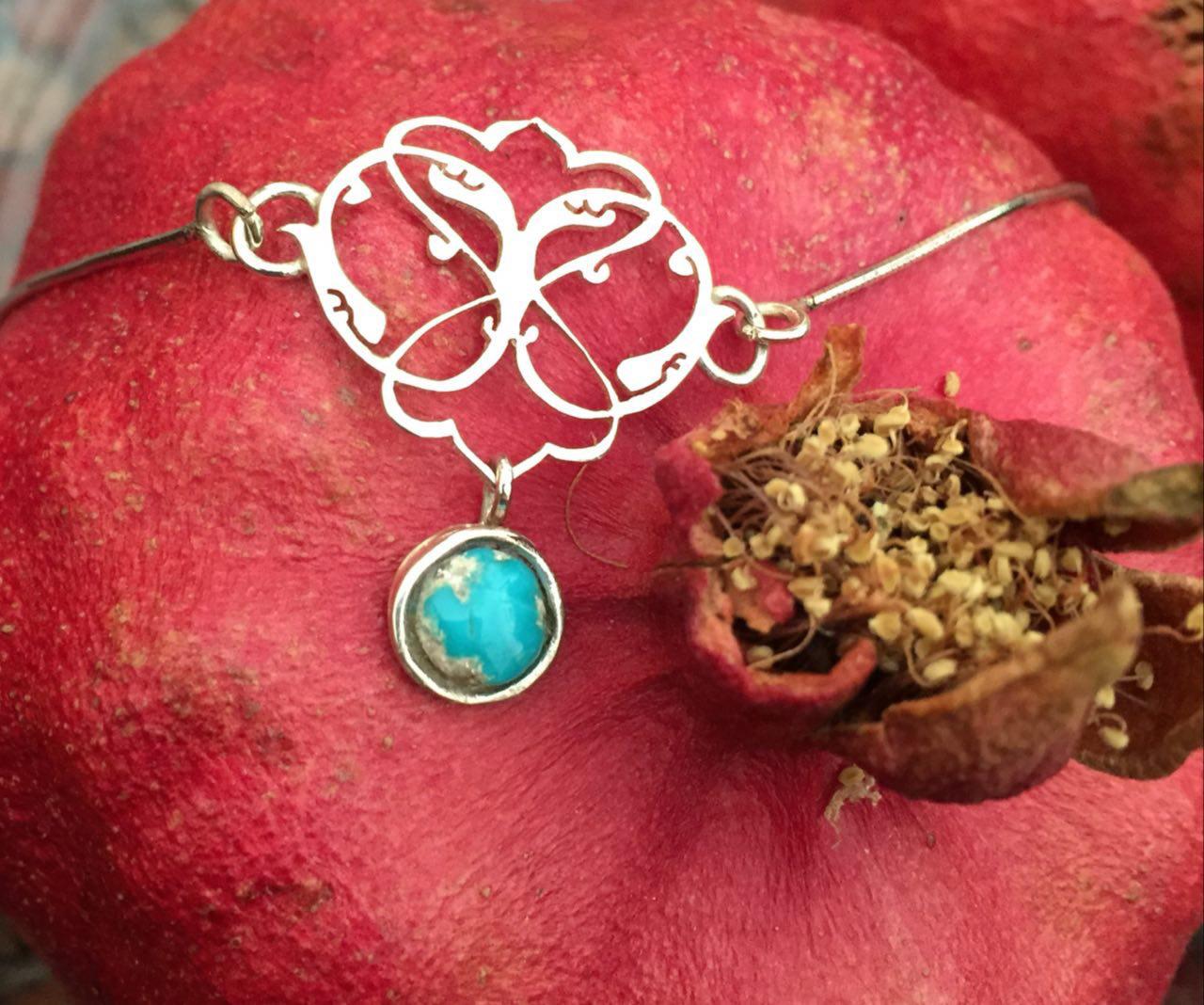
Persian Carpets in Jewelry Design
Floral Motifs in Persian Jewelry
The floral designs of Persian carpets—such as roses, lotus flowers, and vines—are a natural fit for jewelry design. Persian jewelers use these motifs to create delicate and intricate pendants, brooches, and earrings that reflect the natural beauty and timeless elegance of Persian gardens.
- Rose Motifs: Roses, a central feature of Persian gardens and poetry, are frequently used in necklaces and rings. The rose symbolizes love and beauty, making it a popular motif in both carpets and jewelry.
- Vine Patterns: In both carpets and jewelry, vines represent growth and continuity. In Persian jewelry, vine patterns are often crafted in gold or silver, creating flowing, organic designs that mimic the natural curves of vines in a garden.
3. Craftsmanship: Parallels Between Carpet Weaving and Jewelry Making
Both Persian carpet weaving and jewelry making share a deep tradition of handcraftsmanship and meticulous attention to detail. The same values of precision, patience, and artistry that go into creating a Persian carpet are mirrored in the crafting of Persian jewelry.
The Role of Handcraftsmanship
Just as Persian carpets are woven by hand, Persian jewelry is often crafted using traditional techniques such as filigree work, granulation, and enameling. Both art forms require immense skill and patience, with artisans dedicating countless hours to perfect each detail.
- Filigree Work: This technique, which involves twisting fine metal threads into intricate designs, is reminiscent of the detailed patterns found in Persian carpets. Filigree jewelry often mirrors the lace-like quality of carpet designs, making it a popular choice for those who appreciate delicate craftsmanship.
- Granulation: Persian jewelry featuring granulation—the process of adding tiny metal beads to a surface to create texture—often draws inspiration from the textured surface of Persian carpets. This technique gives jewelry a tactile dimension, much like the raised patterns on a finely woven carpet.
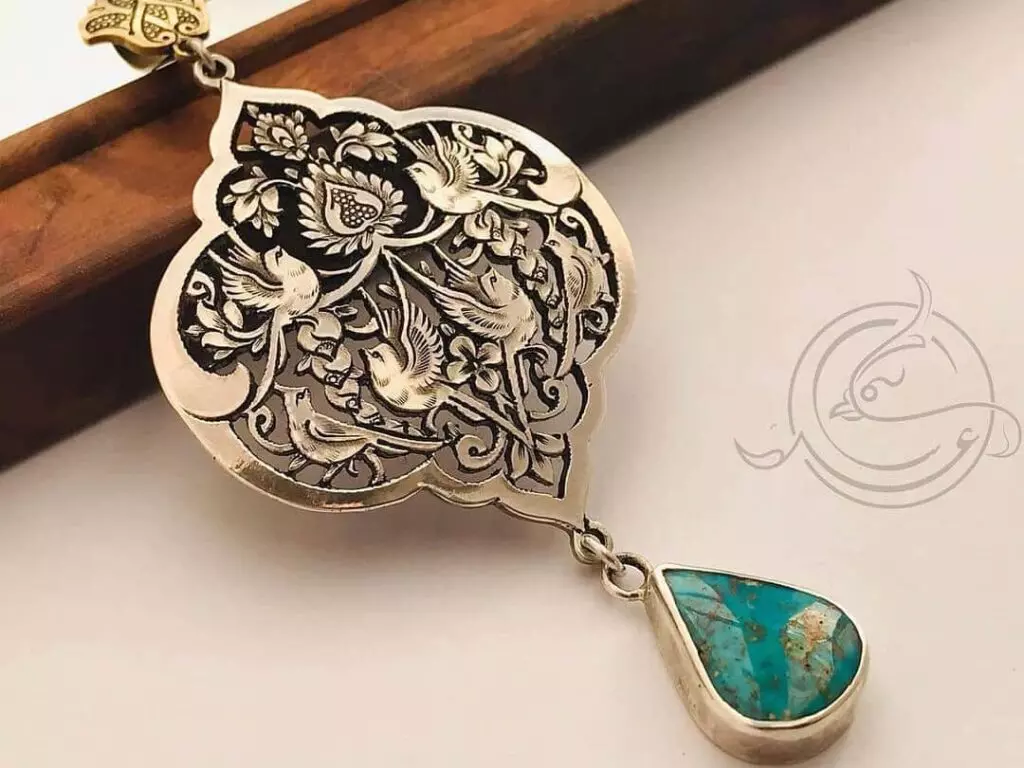
Persian Carpets in Jewelry Design
Symbolism in Both Art Forms
Both Persian carpets and Persian jewelry are imbued with symbolism, with each design element carrying cultural and spiritual significance. For example, the cypress tree—a symbol of eternity and resilience—is found in both carpets and jewelry, where it represents the enduring nature of life and spiritual continuity.
- Peacock Motifs: The peacock, symbolizing immortality and beauty, is another motif found in both Persian carpets and jewelry. In jewelry, peacock designs are often ornate, featuring colored gemstones to reflect the bird’s vibrant plumage.
- Sun and Star Motifs: Sun and star patterns, commonly found in Persian carpet borders, are often incorporated into pendant designs or earrings, symbolizing divine guidance and light.
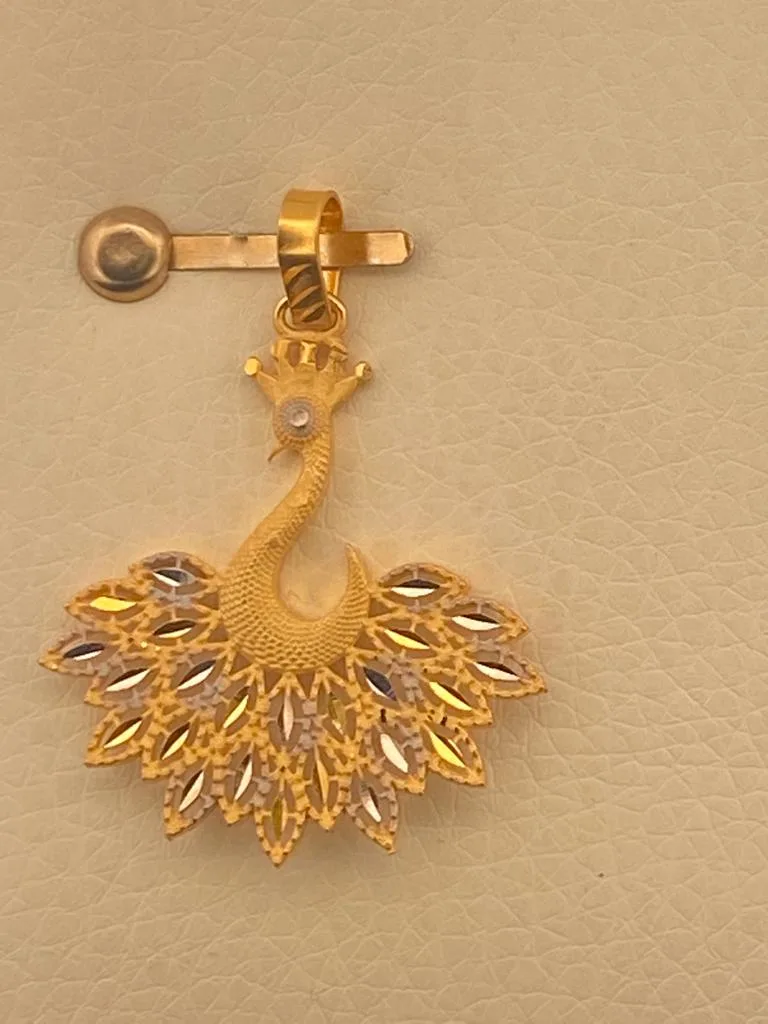
Peacock Motifs
4. Persian Jewelry as Wearable Art Inspired by Carpets
The connection between Persian carpets and jewelry design creates a unique form of wearable art that carries the essence of Persian culture. By drawing inspiration from geometric patterns, floral motifs, and symbolic elements found in carpets, Persian jewelry allows wearers to carry a piece of their heritage with them in an elegant and meaningful way.
Creating Statement Pieces
Just as a Persian carpet is a statement piece in any home, Persian jewelry inspired by carpet designs often serves as a statement piece in a jewelry collection. These pieces are bold yet intricate, combining artistry with meaning, and are often passed down as heirlooms through generations.
- Pendants and Brooches: Large pendants or brooches that feature carpet-inspired designs—such as a central medallion or detailed floral patterns—are popular statement pieces that reflect the intricate beauty of Persian carpets.
- Earrings and Rings: Earrings and rings featuring geometric patterns or floral motifs drawn from carpet designs provide a more subtle yet equally meaningful way to incorporate Persian art into everyday wear.
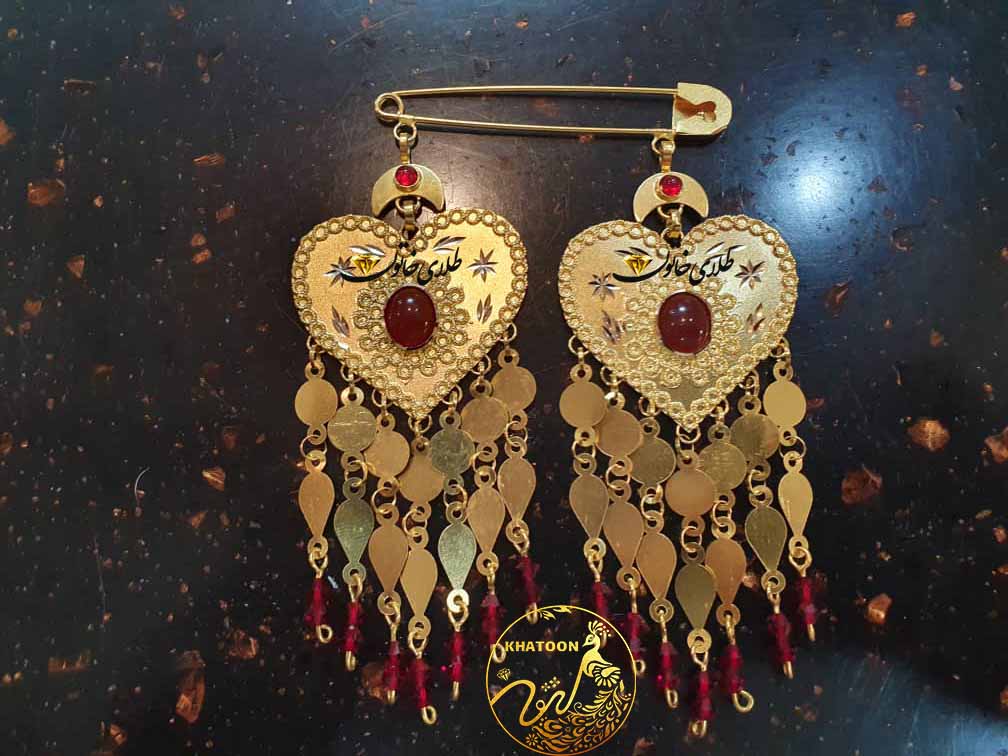
Brooches Gold
Personalized Jewelry Inspired by Carpets
Some Persian jewelry makers create custom pieces inspired by specific carpet designs, allowing clients to personalize their jewelry based on a favorite rug or family heirloom. This unique approach brings together two important aspects of Persian culture—textiles and jewelry—in a way that celebrates both tradition and individuality.
Conclusion: Persian Carpets and Jewelry – A Fusion of Art Forms
The influence of Persian carpets on jewelry design is a testament to the enduring beauty and cultural significance of both art forms. The intricate patterns, floral motifs, and symbolic designs found in Persian carpets serve as a rich source of inspiration for jewelers, allowing them to create wearable masterpieces that celebrate Persian heritage. Whether through the use of geometric precision or nature-inspired designs, Persian jewelry continues to honor the artistic traditions of carpet weaving, creating pieces that are both visually stunning and deeply meaningful.
At LetsGoYelo, we offer a curated selection of Persian jewelry that draws inspiration from the intricate designs of Persian carpets. Explore our collection to find wearable art that reflects the beauty and craftsmanship of these two iconic traditions.
